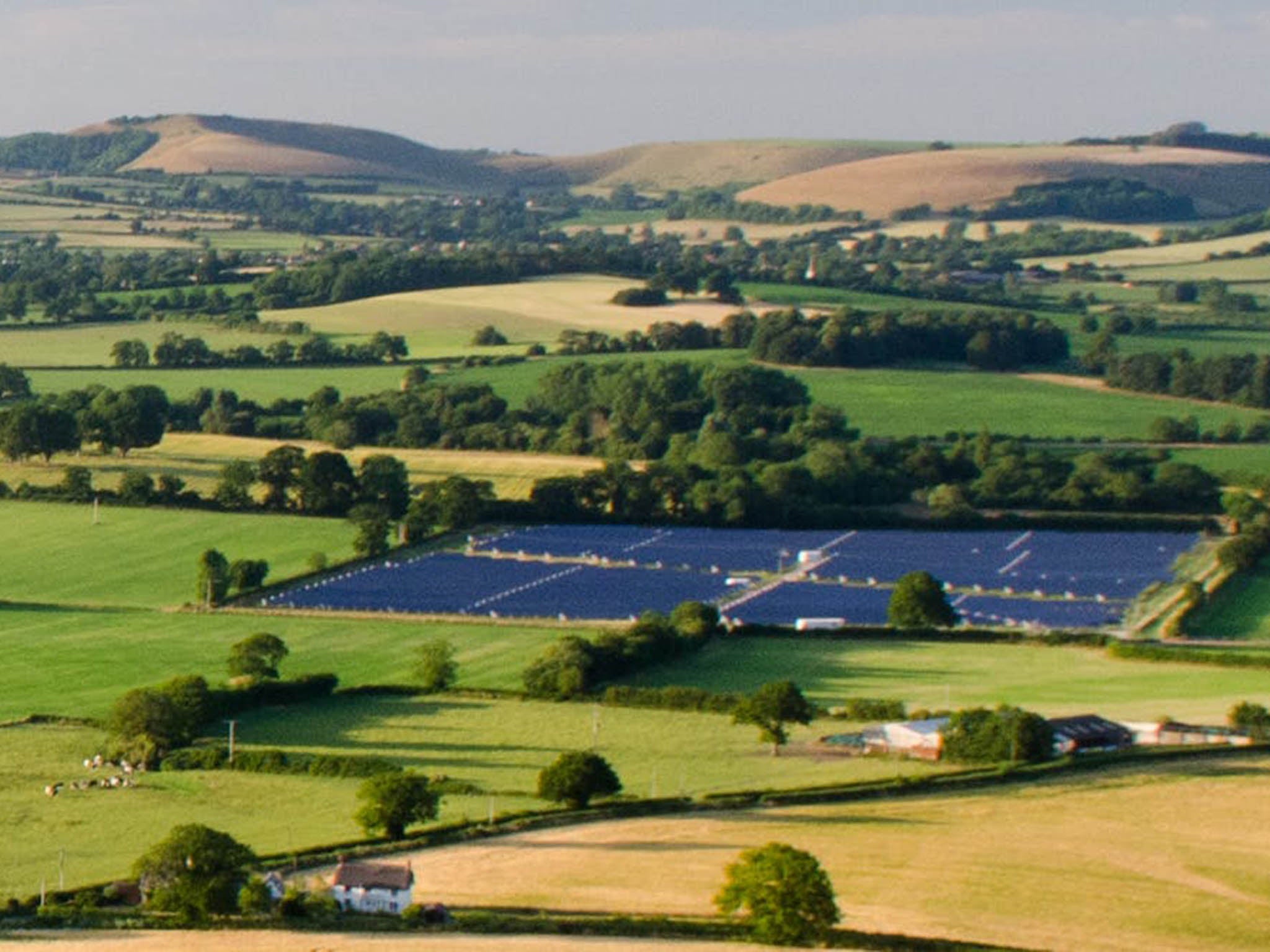Britain’s switch to low-carbon energy could give a £21bn boost to the economy
We think of decarbonisation as a ‘cost’. But what about the opportunity?

Your support helps us to tell the story
From reproductive rights to climate change to Big Tech, The Independent is on the ground when the story is developing. Whether it's investigating the financials of Elon Musk's pro-Trump PAC or producing our latest documentary, 'The A Word', which shines a light on the American women fighting for reproductive rights, we know how important it is to parse out the facts from the messaging.
At such a critical moment in US history, we need reporters on the ground. Your donation allows us to keep sending journalists to speak to both sides of the story.
The Independent is trusted by Americans across the entire political spectrum. And unlike many other quality news outlets, we choose not to lock Americans out of our reporting and analysis with paywalls. We believe quality journalism should be available to everyone, paid for by those who can afford it.
Your support makes all the difference.To fight climate change and meet the Paris Agreement targets the world will need to rapidly switch from fossil fuels to renewable or nuclear energy. According to the International Energy Agency, this will require up to S$5 trillion (£3.7 trillion) of new investment by 2040.
There’s always lots of talk about how much this will cost and whether low-carbon electricity can still be cheap for consumers. But the flip side to every cost is a revenue – and what has received less attention is the size of the opportunity that will be created for green growth and new investment.
To figure this out, we need to explore which “mixes” of technology would meet decarbonisation targets. In some UK scenarios, for instance, existing fossil fuel power stations would be converted to capture and store their carbon emissions, while others involve a complete renewal of the whole sector through bottom-up, localised energy systems.
Modelling and scenario building is a great way to test out possible futures without having to experiment with the whole electricity system in real time. But, while they can tell us a lot about what technology is required and what it will cost, these scenarios don’t say very much about what kind of value new energy systems will create and for whom.
This is where our research comes in. Together with colleagues, we have analysed how new markets are created and destroyed within these UK electricity system scenarios. These new markets include large-scale low-carbon generation, such as offshore wind or new nuclear power stations, and the provision of new services, such as charging infrastructure for electric vehicles.
Our work shows that in these new markets electricity utilities could access up to £21bn per year of new value by 2050. In context, that would be worth up to 30 per cent of the total energy market that year.
Understanding how the transition to low-carbon energy might cause certain sectors to grow or shrink is important because, first, it helps utilities plan for the future. Our work shows that large-scale low-carbon generation, for example offshore wind, could be worth up to £8bn annually by 2050. However, in scenarios in which electricity demand is met through decentralised, smaller-scale systems, big offshore wind farms are needed much less. In that scenario the market would be worth less than £1bn per year.
Second, focusing always on “cost” as opposed to “opportunity” misses the critical point that new investment leads to new jobs and technological innovation. If the UK focuses on offshore wind or solar, for instance, it would need a plan for when the wind doesn’t blow or the sun doesn’t shine. This would mean a big boost for the “flexibility” market, which includes everything from batteries to services which encourage people to use energy at certain times. In a high-renewables future, it could be worth more than £1bn per year. But if the UK instead goes for large carbon capture plants, the flexibility market will be worth almost nothing.
Finally, by demonstrating how different markets are created and destroyed in different energy futures, we can better understand the effects of energy policy on market creation. The UK is leading the world in the development of offshore wind power, as shown by a dramatic fall in the cost of government subsidies. Rather than focus on lowest total cost, this type of analysis shows how government can make policies which both achieve low-carbon ambitions and foster new export sectors. This requires innovation policy as well as subsidy support and new environmental regulation.
By calculating the “size of the prize” in clean energy futures our work shows that up to £21bn of new value is available – but new value for whom? Clean energy policy cannot simply be about developing new technology. The value created by the UK’s offshore wind farms, nuclear power plants or carbon capture needs to flow towards its citizens, while export opportunities in offshore wind and storage technologies are maximised.
Stephen Hall is a research fellow in energy economics and policy, at the University of Leeds and Jeffrey Hardy is a senior research fellow, Grantham Institute for climate change and the environment, at Imperial College London. This article first appeared on The Conversation (theconversation.com)
Join our commenting forum
Join thought-provoking conversations, follow other Independent readers and see their replies
Comments